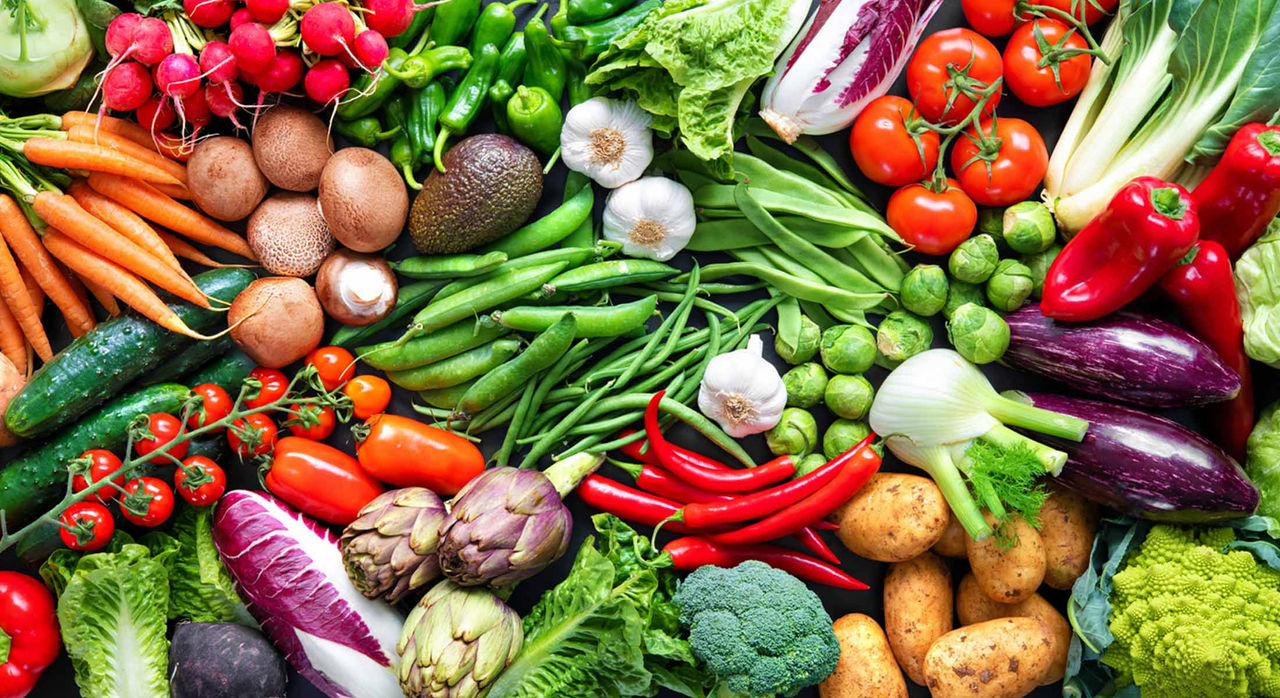-
- Find Care
-
- Visitor Information
- Find a Location
- Shuttles
- Visitor Policies
-
-
- Our Virtual Care Options
- Virtual Urgent Care
- Virtual Visits for Primary & Specialty Care
- Online Second Opinions
- Participate in Research
-
- Contact us
-
- For Innovators
- Commercialization Guide for Innovators
-
-
- Research News
- Alzheimer's Disease
- Artificial Intelligence
-
- Overview
-
- Overview
- Getting Started
- New to Mass General Brigham
- International Patient Services
- What Is Patient Gateway?
- Planning Your Visit
- Find a Doctor (opens link in new tab)
- Appointments
- Patient Resources
- Health & Wellness
- Flu, COVID-19, & RSV
- Billing & Insurance
- Financial Assistance
- Medicare and MassHealth ACOs
- Participate in Research
- Educational Resources
- Visitor Information
- Find a Location
- Shuttles
- Visitor Policies
- Find Care
-
- Overview
- Our Virtual Care Options
- Virtual Urgent Care
- Virtual Visits for Primary & Specialty Care
- Online Second Opinions
-
- Overview
- Participate in Research
-
- Overview
- About Innovation
- About
- Team
- News
- For Industry
- Venture Capital and Investments
- World Medical Innovation Forum (opens link in new tab)
- Featured Licensing Opportunities
- For Innovators
- Commercialization Guide for Innovators
- Contact us
-
- Overview
- Information for Researchers
- Compliance Office
- Research Cores
- Clinical Trials
- Advisory Services
- Featured Research
- Two Centuries of Breakthroughs
- Advances in Motion (opens link in new tab)
- Brigham on a Mission (opens link in new tab)
- Gene and Cell Therapy Institute
- Research News
- Alzheimer's Disease
- Artificial Intelligence
-
- Overview
-
- Overview
- Residency & fellowship programs
- Brigham and Women's Hospital
- Massachusetts General Hospital
- Mass Eye and Ear
- Newton-Wellesley Hospital
- Salem Hospital
- Integrated Mass General Brigham Programs
- Centers of Expertise
- Global & Community Health
- Health Policy & Management
- Healthcare Quality & Patient Safey
- Medical Education
- For trainees
- Prospective trainees
- Incoming trainees
- Current trainees
- Continuing Professional Development
Parkinson’s Disease Diet

Parkinson’s disease is a neurodegenerative disorder that affects the nerve cells (neurons) in the brain. It leads to tremors, problems with muscle control, and dementia. There’s no cure for Parkinson’s, but there are treatments to help manage and slow the worsening of symptoms.
Lifestyle changes such as eating well, exercising, and reducing stress can also help with Parkinson’s disease. Nancy Oliveira, MS, RD, LDN, a Mass General Brigham dietitian, discusses the role of diet and nutrition in Parkinson’s disease. Oliveira is the manager of the nutrition and wellness service at Brigham and Women’s Hospital.
How can diet help Parkinson’s disease?
“The disease process that leads to Parkinson’s begins up to a decade before symptoms appear,” Oliveira says. “It’s absolutely worthwhile to look at lifestyle factors such as diet. They may help delay the start of symptoms and slow the progression of the disease.”
She says there’s recent interest in exploring the link between the gut microbiome and conditions like Parkinson’s disease. Your gut microbiome includes all of the microscopic organisms in the digestive tract. Some research suggests that what you eat affects your brain health, and diet may even play a role in preventing Parkinson’s disease.
“A large Harvard study on Parkinson’s showed that people with very high intake of plant foods, including fruits, vegetables, beans, and whole grains, had a lower risk of developing Parkinson’s disease,” Oliveira says. “The low-risk people also ate plenty of lean protein and smaller amounts of saturated fat.”
What is the best diet for Parkinson’s disease?
A heart-healthy diet is also beneficial for brain health. “This is because a heart-healthy diet is good for blood vessel health, and that includes the blood vessels in your brain,” says Oliveira.
So, what foods are good for Parkinson’s disease? Rather than focusing on a limited list of foods, Oliveira suggests following a pattern of eating that includes:
A variety of many plant-based foods
“Parkinson’s disease is an inflammatory brain condition. We’re finding that inflammation in the brain and body has a lot to do with the gut microbiome, the billions of microbes, or ‘gut bugs,’ that live in your digestive tract.”
The beneficial gut bugs love the fiber that plant foods contain. “As the gut bugs break down plant fibers, they produce chemicals that have anti-inflammatory effects in the body,” Oliveira says. “These chemicals may also boost your immune function.”
Plant-based foods that feed our gut bugs include:
Fruits
Vegetables
Beans and legumes
Nuts
Whole grains
Probiotic foods
To further support your microbiome, Oliveira suggests eating probiotic foods that contain microbes that benefit gut health. Healthy probiotic foods include:
Kefir
Kimchee
Sauerkraut
Sourdough bread
Yogurt
She only recommends taking probiotic supplements if you're working with a knowledgeable health care provider. “The high doses of probiotics you get in supplements can be too much for your system,” she says.
Enough lean and plant protein
“It’s really important to get enough protein because every cell in your body needs protein daily,” Oliveira says. How much protein is enough? “We recommend getting a minimum of 0.8 grams of protein per kilogram of body weight each day.”
To calculate your minimum daily protein intake, multiply your body weight in pounds by 0.36. For example, if you weigh 150 pounds, you need at least 54 grams of protein per day.
Your protein doesn’t have to come from meat. In fact, plant proteins can be very beneficial. “Some studies show that plant proteins such as tofu, beans, nuts, and tempeh help reduce inflammation,” Oliveira says. “And these protein foods also contain the fibers that gut bugs prefer.”
Timing your protein intake may be important if you take levodopa, a common Parkinson’s treatment. “Eating protein at the same time you take levodopa could make the drug less effective,” Oliveira says. She recommends taking levodopa at least an hour before or after eating protein.
Foods to avoid with Parkinson’s disease
Oliveira says while it’s important to understand what foods are good for people with Parkinson’s, the right diet isn’t about following strict rules but an overall pattern of eating that best supports your health. “It’s about the synergistic effect of many different healthy foods working together,” she says.
But some types of foods don’t support this healthy eating pattern. She encourages limiting:
Saturated fat
A diet low in saturated fat is better for blood vessel health because saturated fat can cause inflammation in blood vessels. “You want to do what you can to keep the blood vessels of your brain as healthy as possible,” Oliveira says.
Ultra-processed, low-nutrient foods
Ultra-processed foods with long ingredient lists, artificial ingredients, unhealthy fats, added sugars, and preservatives contain little nutrition. And they can negatively affect your microbiome. “We want to encourage the growth of beneficial gut bugs, which means limiting these types of ultra-processed foods and eating plenty of high-nutrient foods,” Oliveira says.
Excessive alcohol
“We recommend no more than moderate alcohol consumption for people with Parkinson’s disease,” Oliveira says. According to the Centers for Disease Control and Prevention (CDC), that means a maximum of:
Two drinks per day for men
One drink per day for women
Make sure you’re eating enough.
With Parkinson’s disease, it can be hard to eat enough, especially when you’re having symptoms. This happens for several reasons:
Your metabolism may be higher. “People with Parkinson’s disease may burn more calories even at rest, which means you need to eat more calories,” Oliveira says. “You may need to eat quite a bit more just to maintain your weight.”
You may have trouble chewing and swallowing. Parkinson’s affects your muscles, including those that help you swallow food, which may make eating harder.
You may feel full faster. The muscles that move food through your digestive tract may not work as well, so food leaves your stomach more slowly. This makes you feel full more quickly, making you want to eat less.
You may feel too tired to eat. Eating requires energy, and you may not feel like eating if you’re already tired.

